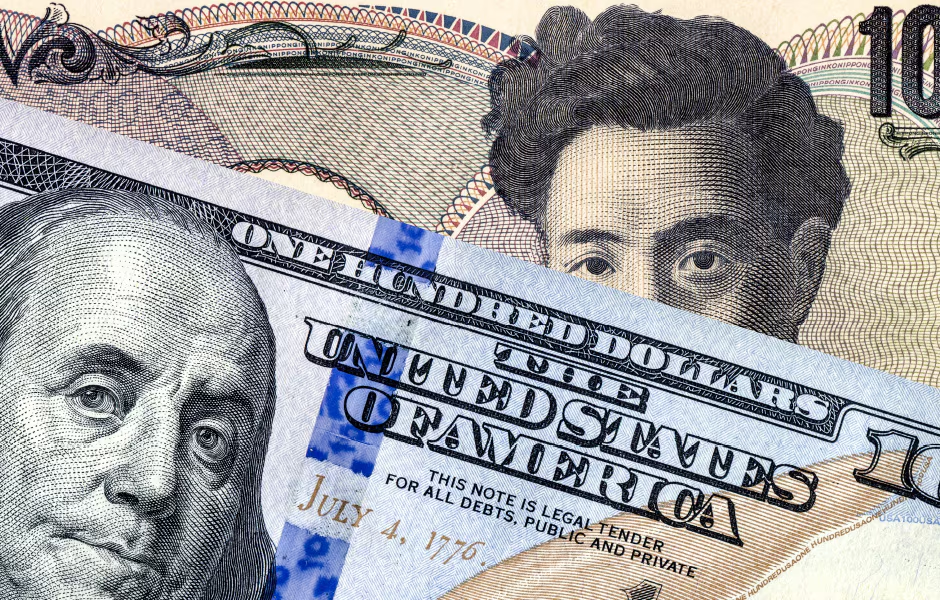
- Forex
- Indices
The dollar sharply fell against the yen
Do you want to know how to make money from this?
Register for free and get expert advice, access to a training course and webinars.
Key points:
- The U.S. dollar is showing volatility, with its rate significantly dependent on the decisions of the Federal Reserve (Fed).
- Asian stock indices are showing mixed trends.
- U.S. indices closed with little change.
On Wednesday, the U.S. dollar slightly weakened after overnight growth, while Asian stock indices showed negative dynamics. Investors cautiously assessed the likelihood that the Federal Reserve would decide on a more significant interest rate cut during the meeting scheduled for the same day.
Exchange rates will depend on the extent of the interest rate cut
The U.S. dollar significantly weakened against the Japanese yen, losing almost half of the gains made since Tuesday. This movement was driven by the perception that unexpectedly strong U.S. retail sales data weakened the case for aggressive monetary policy easing by the Federal Reserve.
Investors expect the Fed to decide on a rate cut at the current meeting, but the scale of the cut remains in question. Experts note that a successful Fed meeting could support a bullish trend in financial markets; otherwise, it could signal the peak of the current cycle.
The U.S. dollar fell by 0.67% against the yen, closing at 141.365 yen, after rising by 1.26% overnight. The euro gained 0.05%, reaching $1.1119, while the British pound remained largely unchanged at $1.3158.
Commonwealth Bank of Australia analyst Kristina Clifton predicts a quarter-point Fed rate cut, citing historical data showing that the Federal Open Market Committee usually begins a rate-cutting cycle with a more moderate move.
At the same time, Clifton emphasizes that more aggressive monetary easing could lead to a drastically different reaction from the dollar. For instance, a 50 basis point rate cut, which would raise concerns about U.S. economic prospects, could strengthen the dollar as a safe-haven currency. However, if such a decision is seen as a signal of easing economic problems in the U.S., it could put downward pressure on the dollar.
Asian indices are trending downward
The Japanese Nikkei stock index showed positive dynamics at the start of the trading session, rising by 1.3% due to the overnight weakening of the yen. However, growth later slowed significantly, reaching only 0.23%, linked to the recovery of the yen.
China’s stock market, represented by the blue-chip index, showed a negative trend, declining by 0.18% after trading resumed following extended holidays.
The U.S. stock market ended Tuesday’s trading session with little change, unable to maintain the early positive momentum that allowed the S&P 500 and Dow Jones Industrial Average indices to set intraday record highs. S&P 500 futures are showing moderate growth of 0.06% at the start of today’s trading.
Futures for the pan-European STOXX 50 index are showing a negative trend, declining by 0.19%.
Do you want to know
How to make money from the news
Register for free and get:
- Expert consultation;
- Access to the training course;
- Opportunity to participate in webinars

